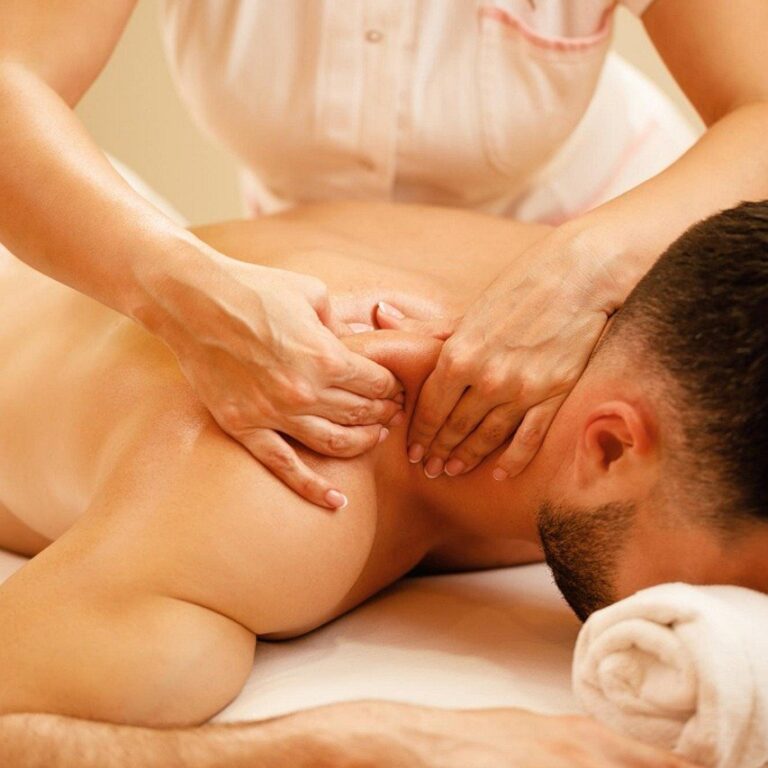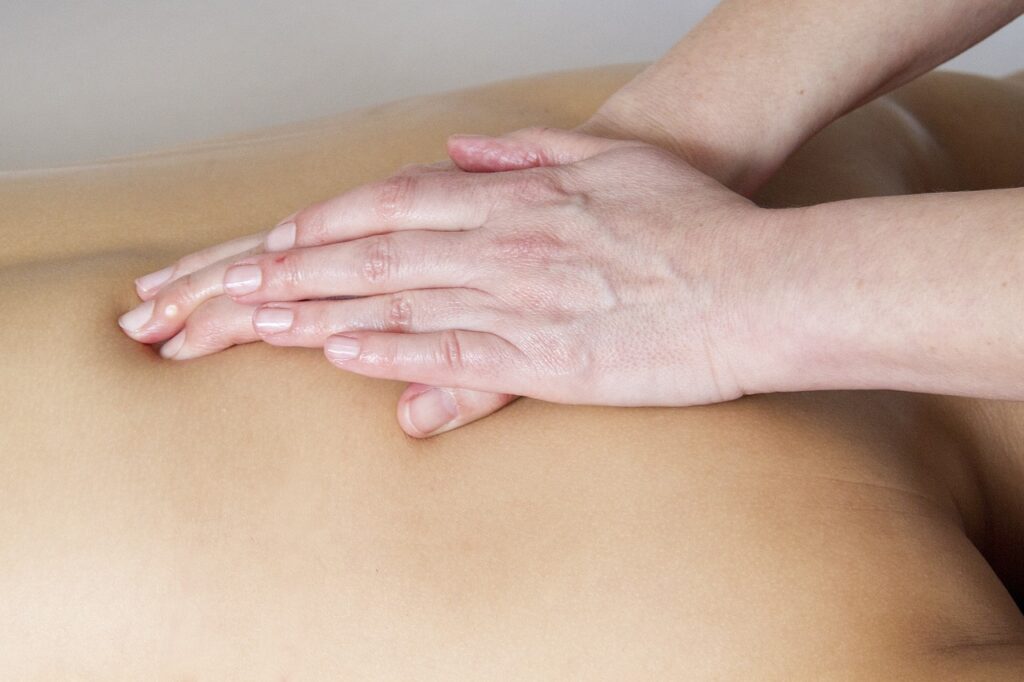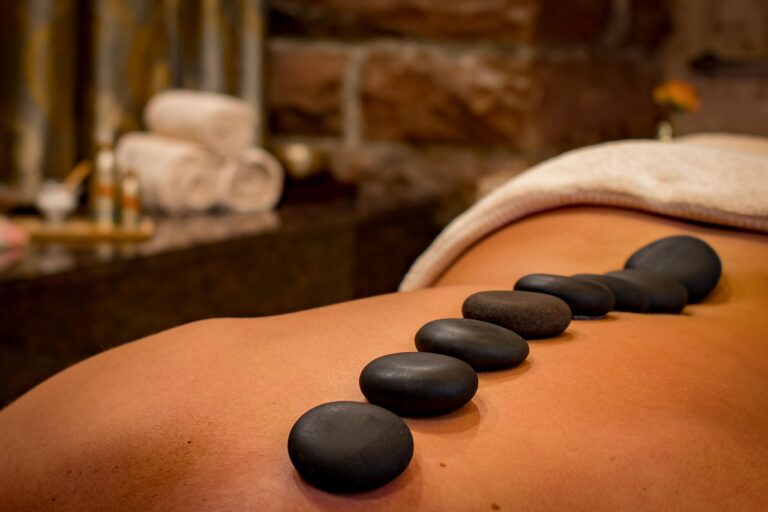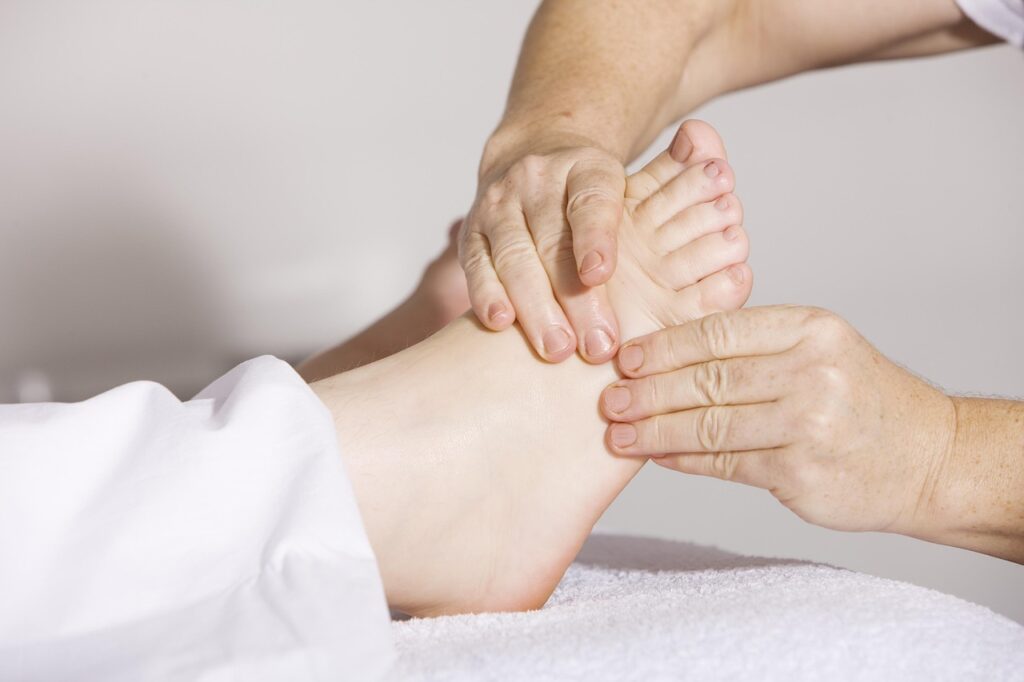Far East Massage
Formally Body Healing Center
(626) 795-6670
Massage Services
Deep Tissue Massage
Deep tissue massage targets chronic tension in muscles that lie below the body’s surface. Deep muscle techniques involve slow strokes, direct pressure or friction movements that go across the muscle grain.
When there is chronic muscle tension or injury, there are usually adhesions in muscles, tendons, and ligaments. Adhesions can block circulation and cause pain, limited movement, and inflammation. Deep tissue massage works by physically breaking down these adhesions to relieve pain and restore normal movement.
It is especially helpful for chronically tense and contracted areas such as stiff necks, low back tightness, and sore shoulders. Some of the same strokes are used as classic massage but the movement is slower and the pressure is deeper and concentrated on areas of tension and pain.
Unlike classic massage therapy, which is used for relaxation, deep tissue massage usually focuses on a specific problem, such as: chronic pain, limited mobility, recovery from injuries, repetitive strain injury, osteoarthritis pain, fibromyalgia, and muscle spasms.


Soft Tissue Masage
Soft tissue massage is less intrusive than deep tissue massage. Rather than focusing on slow and firm strokes to the deep layers of muscles and tissues, this massage technique uses a variety of pressures, depths and durations. Soft tissue massage alleviates a range of aches, pains and injuries whilst also helping to reduce stress, improve circulation and help people feel more relaxed. Soft tissue massage is generally gentler than deep tissue massage so is often preferred by people looking to unwind and de-stress rather than treat an injury such as a strain. This form of massage tends to give more of a “zen” experience. You leave with a sense of calmness and well-being. Soft tissue massage can also be used in conjunction with deep tissue massage to end the session. However, if used in relation to deep tissue, the time frame for the massage should be longer, 90 minutes to two hours.
Hot Stone Massage
Heat has long been used to ease muscle tension and pain. It helps increase blood flow to the affected area. It may also reduce muscle spasms and increase flexibility and range of motion. Cold therapy helps relieve inflammation. Depending on your symptoms, alternating hot and cold stones during your massage may be helpful.
During a hot stone massage, smooth, flat, heated stones are placed on specific parts of your body. The stones are usually made of basalt, a type of volcanic rock that retains heat. Hot massage stones are heated to between 130 and 145 degrees.
Hot stone massage can relieve muscle tension and pain, reduce stress and anxiety, improve sleep, and may improve the immune system.


Foot Masage
Foot massages enhance the body’s natural healing process by stimulating blood circulation and relaxing the muscles. Several studies suggest that regular foot massages can help lower blood pressure levels and serve as an additional complementary approach to hypertension management. Research published in the Journal of Clinical Epidemiology and Global Health has highlighted the potential benefits of foot massage in reducing blood pressure. Regular sessions can contribute to better cardiovascular health. Our feet have reflexology points that are linked to various body parts and organs, including the solar plexus – a cluster of nerves in charge of stress response. Applying pressure to the reflexology point beneath the toes can balance cortisol, commonly known as the stress hormone, and help reduce stress and anxiety levels. Incorporating foot massages into your self-care routine promotes relaxation and a sense of well-being.